
We call customer service departments because we face problems, or we expect a resolution to our issues. We like to speak with the right person at the right time. We don’t want to stay on hold. It kills the most valuable commodity – time.
How does it feel when you call customer service seeking help, and the agent says, “Your call landed in the wrong department,” or “You need to call this number xxx to speak with the right person?”
When people call, they expect help. Usually, they want fast responses and resolutions. So callers must be helped promptly and treated professionally. Keeping a customer on hold for long periods is not acceptable; especially in today’s hyper-competitive world.
Do you know about 96% of customers never complain after having an unpleasant experience, but 91% of them leave and never return?
In addition to this, about 60% of customers feel staying on hold even for a minute is too much.
Smart call routing service ensures every call goes to the right department and right person, even during busy times. Organizations can use call routing technology to amaze their customers. With a good call routing, you will relish in the beauty of acquiring, keeping, and satisfying your customers for the very first call.
Call routing directs incoming phone calls along paths to connect people to the right people or right departments at the right time. The call management set-up ranges from simple to complex. For instance, an incoming call can ring directly to the front desk or an interactive voice response system.
A good call routing service connects the caller with a specific employee, team, or department based on pre-selection criteria.
Call routing is flexible. It is based on caller prompts and needs, like bypassing the call volume, keeping the caller on hold for a minimal time, language preference, connecting a caller to the specific department, availability of the agent, etc.
The best call routing practice avoids sending the caller to the no-man’s-land. Also, it ensures the caller reaches the right person or department without needed human intervention.
The basic call routing service is the simplest of all. It is a single phone number going to a single destination, such as one person or a department. It creates a 24/7 schedule for call routing, wherein a dialing order gets assigned to every incoming call. Every call routes to the number existing in the dialing list.
If your business operates in a 24/7 environment, you should try the basic call routing option. Especially; when you are using different phone numbers for sales and customer service. Your agents will never tell a caller that they called the wrong person or wrong department.
Direct Routing or hunt groups is a practice where each department has a unique number assigned to it. For sales-related inquiries, there is a sales number, and to speak with the customer service department, callers have to dial an entirely different number. In direct routing, the caller gets a busy tone when all the lines are occupied. Hence, the caller has to hold the line until someone answers the call.
Companies vying to route the incoming customer calls to the right department must follow direct routing practice. It is a good practice for small businesses or enterprises trying to establish their business.
Dynamic call routing is similar to skill-based routing but with an added layer of precision for balancing the load across large and distributed contact centers. The dynamic call routing service follows four parameters – interaction, segmentation, destination, and assignment. It is a process to connect every phone call to the right agent at the right time. In addition to that, dynamic routing also considers other factors such as day of the week, time of the day, interest, location of the caller, and much more.
Large enterprise call centers operating across several sites and employing thousands of agents or groups dealing with various products, customer segments, and services follow dynamic call routing. Its major benefit is zip code routing and area code geo-routing so that callers can reach their nearest location.
How do you feel when your customers listen to “We are unable to resolve your query. Kindly call customer service to speak with the right person.”
Skill-based call routing is the most trusted and widely used call routing practice. It matches the caller expectations with the agent skills. The skill-based routing is dependent on the type of service requested by the caller. It ensures the call routes to the right agent, having a precise skill set for providing the right resolution and highest quality of customer service.
Businesses of all sizes interested in offering outstanding customer service follow skill-based call routing practice. It helps to route sales calls to the sales team, service calls to the support teams, and complaints to the escalation team.
When we call a toll free number with some query or a problem, we expect undisputed attention from the agent. Smart call routing service is mostly customer-centric. It is the best call routing technology because it connects callers to the right person in minimum time and meets the customer’s expectation. Smart routing practice enhances customer satisfaction and retention.
Companies or call centers interested in reducing the call drop ratio believe in smart routing practice. This enables call handling to accomplish company objectives. It ensures high-value customers get connected to senior agents, and customers with issues are connected to the right department.
Social media is flooded with angry customers venting their frustration over wrong call handling. The agony of lengthy interactive voice response (IVR) prompts, not speaking with the right person, or not finding a precise solution irks customers.
Using the best call routing service provides businesses an opportunity to optimize their process to improve customer satisfaction.
Here are some major benefits of using a top-notch call routing service.
Comprehensive call routing increases efficiency and productivity. By setting pre-defined algorithms, businesses transfer each call to the ablest agent, reducing average call transfer time. The ability to capture the caller- number and other demographic details empower businesses in offering high-quality solutions to each customer query.
Routing calls to the best and available agent decreases response and call handling time. This elevates customer satisfaction. Geo-routing makes it possible to evade physical boundaries, substantially reducing waiting time resulting in immediate response. VIP callers get connected to the assigned agents without delay.
Call routing immediately connects callers to the agents to address the issues for which they received training. These agents have the necessary knowledge, skills, and expertise to handle many customer queries. It helps agents to handle the calls confidently, decrease repeat call ratio, and improve productivity. The beforehand knowledge about the caller and their previous interactions helps agents to have a meaningful and effective conversation leading to customer satisfaction.
Immediate response to an incoming call, routing the call to an appropriate agent and providing first contact resolution without the need to transfer or escalate the call to other agents or departments reduces the call handling costs or cost-per-call. First contact resolution results in satisfying more customers in a shorter period with fewer transfers. It reduces maintenance and upfront costs resulting in overall cost reduction.
An effective call routing service ensures customer calls seamlessly route to the appropriate agents who can utilize their earned skills in solving caller’s problems that are within their scope. It becomes easier to calculate the productivity of every agent based on the number of calls answered, time spent on each call, or total waiting time. All this data gets generated in real-time and used for reporting. It helps companies to understand the KPIs and use the resources more effectively and efficiently.
One of the major problems customers face today after calling a business is hold time and irrelevant or unnecessary transfers. A best call routing process transfers each incoming call to the best skilled and most appropriate agent capable of handling the call efficiently. It prevents multiple transfers and significantly reduces the wait time, additionally increases the chances of providing first contact resolution. It helps in improving customer satisfaction to a greater extent. Highly responsive customer service channeling each call to the right queue and right agent or department results in better business outcomes and happier customers.
The importance of abiding by the best call routing service must be crystal clear by now. Hopefully, you understood its advantages. Now it is time to act, implement a good call routing system.
Every time you receive a call, remember the caller expects that his call gets answered immediately and in the most sophisticated, professional, and timely manner. Without having a precise call routing system in place, you are putting your brand reputation at stake.
Start with a call routing practice that is efficient enough to enhance customer experience, productivity, cut costs, and the deals will never pass through. Enjoy perks of offering outstanding customer satisfaction.
Convirza offers a robust call routing system that manages incoming and outgoing calls using an intuitive dashboard. Do you want to try it? Get a free demo!

Book A Quick 15 Minute Call,
And We’ll Show You How To Unlock The Power Of Every Conversation.

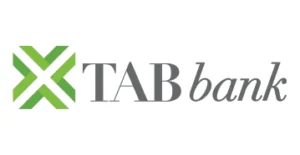
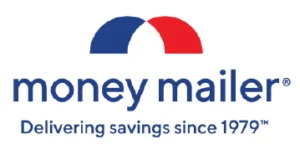

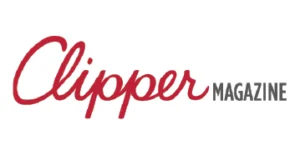

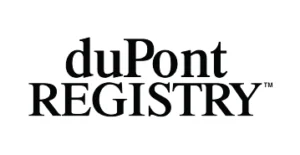
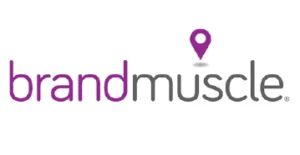
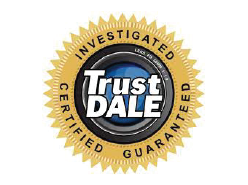
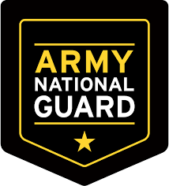



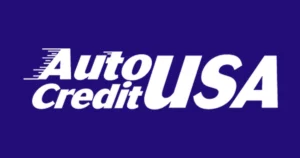














©2025 All rights reserved – Convirza